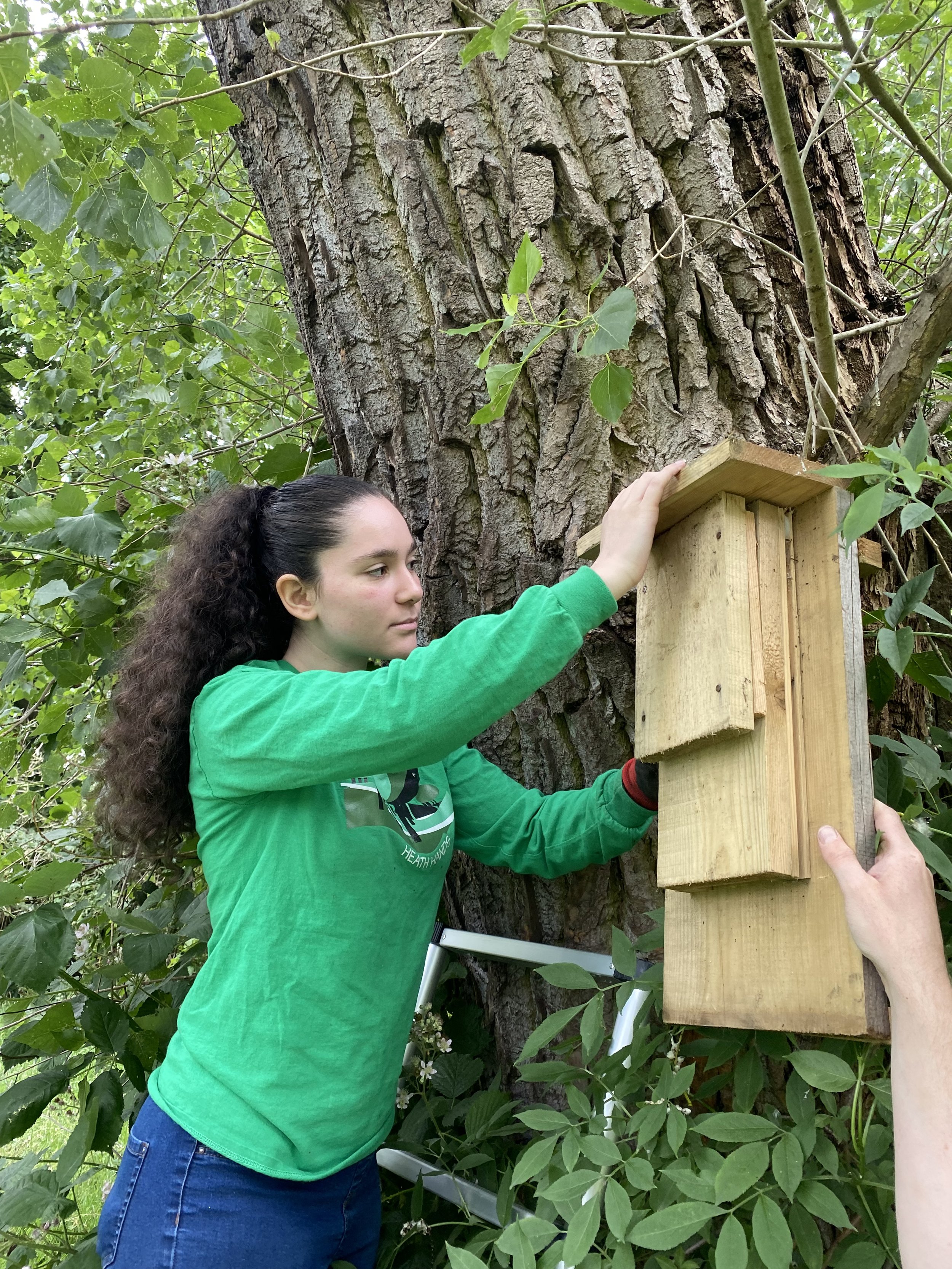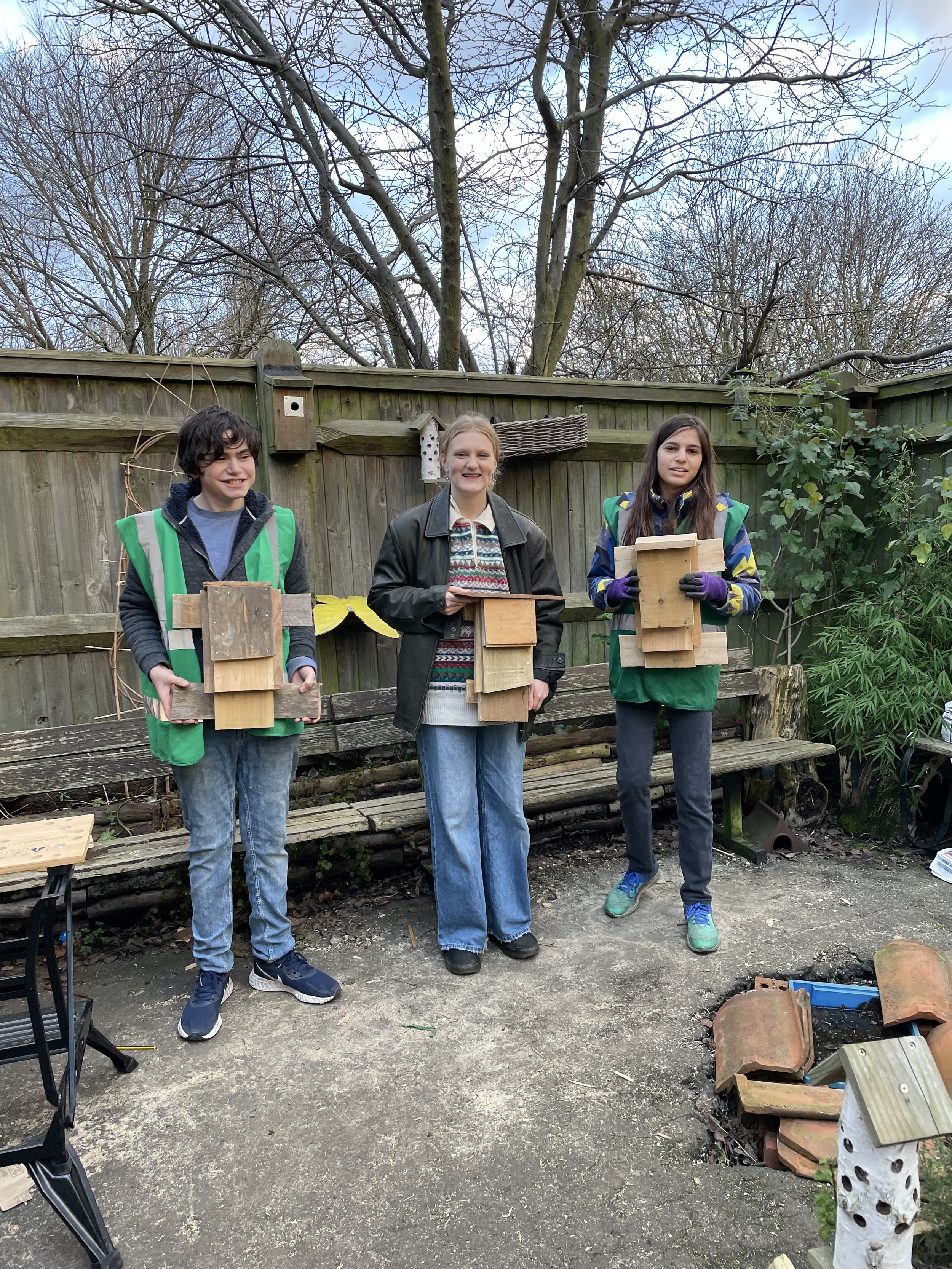Bats on Hampstead Heath
Now well out from their winter hibernation, this is a great season to see bats! Currently, baby bats (or pups) are leaving the maternity roosts to try and hunt for themselves, and the adults are mating. These flying furry mammals (the only mammals that truly fly) can regularly be seen foraging around the hedgerows and ponds of Hampstead Heath. This month, we are running several bat walks where you can learn more about these night-time wonders. While bats are sometimes vilified or feared (D.H. Lawrence, who lived on the edge of the Heath, emphatically wrote, ‘Bats!... Not for me!’), we are lucky to have them (or be haunted by them).
Did you know…?
Apart from charismatic appearances in gothic art and literature, bats are important pollinators, seed dispersers, and key indicators of ecosystem health.
Their long lifespan relative to size and metabolic rate (even small bats can live for 30 years) is something scientists are still trying to fully understand. Contrary to popular belief, they can see with their eyes, but mostly use echolocation to navigate and find food.
Echolocation involves listening to how your voice reverberates against your surroundings to locate where you are. On our bat walks we will be using bat detectors to hear their high frequency calls.
Remarkably one in five species of mammal on earth is a bat! There are 18 species found in the UK - a tiny amount compared to some 1,400 worldwide!
Don’t bat them away…
Bats feed on large quantities of insects per night so creating habitats that support insect populations can really help them. All species of bats are protected in the UK under legal legislations, and it is illegal to damage their roosts or deliberately obstruct their access.
On the Heath, the combination of semi-natural woodland, wetland, and grassland is ideal habitat for many species of bat. This variety suits their different needs. There are small crevasses under the bark of trees where some bats (such as Common Pipistrels) like to sleep and Daubenton’s (also called the Water Bat) can be seen hunting on the ponds after dusk.
Heath Hands has been doing much to help conserve our marvellous bat species. As you can see above our Youth Volunteers have constructed bat boxes for our ‘Adopt a Wildlife Home’ sponsorship, providing snug places for bats to roost. You can help by adopting a bat box. We also have our stylish bat bags - see below - for sale in to raise funds for our bat conservation work.
More information about bats and joining local bat groups can be found on the Bat Conservation Trust website. If you are keen, it is possible to volunteer as a citizen scientist for the National Bat Monitoring Program .




